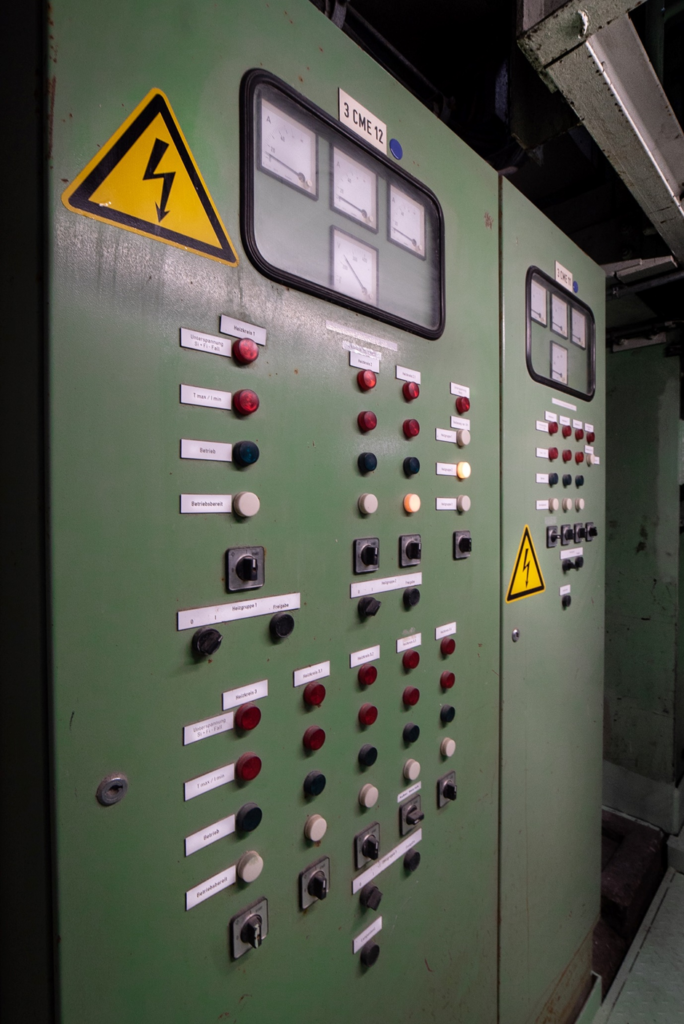Introduction
In this article, you will learn about all the components that are generally installed in any electrical panel.
What is an Electrical Panel and why is it required?
- An electrical panel is made up of a metal enclosure which is typically made of stainless steel or aluminum and it contains several compartments as per the requirement. It can be designed in software such as AutoCAD, EPLAN, etc.
- Electrical Panel is required for all industries as per IEC standards. It is the place from where power-related operations are done.
What are the basic types of Electrical Panel?
- Power Distribution Panel (PDB)
- Power Control Center Panel (PCC)
- Motor Control Center Panel (MCC)
- PLC Panel
- VFD Panel
- Lightning Control Panel
- Automatic Power Factor Control Panel (APFC)
- Junction Box (JB)

Common Components Used in Electrical Panel
1. Mounting DIN Rail
A DIN Rail provides mechanical support to all the small electrical components and holds them together. Components such as Terminal blocks, MCB, Relays, etc. can be mounted on it.
2. Circuit Breakers
This part helps for the protection of all the components in a panel from electrical faults, surges, etc.
3. Fuse
Fuses are used for over-current protection.
4. Terminal Blocks
It is used for distributing the wiring connections inside and outside of the panel.
5. Contactor
It is used for power controlling of field devices.
6. Switched-mode power supply (SMPS)
SMPS is an electronic component that converts AC to DC. This DC power is used for different operations inside the panel.
7. Relays
Relays are electrically operated switches, used for controlling devices. It can also be used for protection.
8. Thermostat
Thermostats are used for regulating the desired temperature, whenever a required temperature is achieved it will cut the heating or cooling devices.
9. Heating and Cooling Unit
It is required to maintain the temperature of all the electrical panel components for the proper desired operation.
Hence, heating units are required in cold places and cooling units are required in warm places.
10. Buttons and Switches
For the operation of any function, the operator can use pushbuttons. For example, Starting/ Stopping any motor pushbuttons are used.
11. Indication Lamp
Lamps are used for indication of any faults, proper working of instruments, and also for power indication.
12. Gland
Glands are used at the end of the electrical panel for securing the cable from damage for a long time. It also provides strain relief to cables.
13. Gasket
Gaskets can be used for tight sealing of electrical panels so that they can be protected from dust, moisture, rain, etc.
14. Bus Bar
Bus bar can be used for several operations such as High voltage distribution, common grounding, etc.
15. Energy Meter
it will display the voltage, current, power factor, frequency, and Power consumption of the panel.
16. Buzzer, Beacon
Buzzers are used for alarms and faults so that operators can know that some fault has occurred and will look for fast resolution.
17. Variable frequency drives (VFD)
VFD is used for controlling the speed of any field devices at a particular RPM or Torque.
18. Lifting Eye
It is used to lift the panel for logistics and installation on the field.
19. Lugs
Lugs are used at both ends of a copper wire. It provides strength to termination and won’t loosen up for a long time. It comes in different sizes as per wire gauge size.
20. Ferrules
Imagine tracing a single cable from a bunch of wires. Here comes the use of ferrules for tagging the wires at both ends.
It becomes very easy to find which wire is connected with the help of ferrules. They are printed by a special ferrule printer machine.
EndNote: –
EndNote
I hope these resources and Knowledge will become helpful to you in the future. You can also give your input through the comment section.
And I continue to make this type of resource and knowledge-sharing posts on my website.
if you want to write an article on the website, please contact us by this mail id: contact@worldofinstrumentation.com
If you like this article, you can also like my previous article on Temperature measurement without thermowell.
And you can also follow our LinkedIn group which is specially made for sharing information related to Industrial Automation and Instrumentation.
[…] Previous Article […]